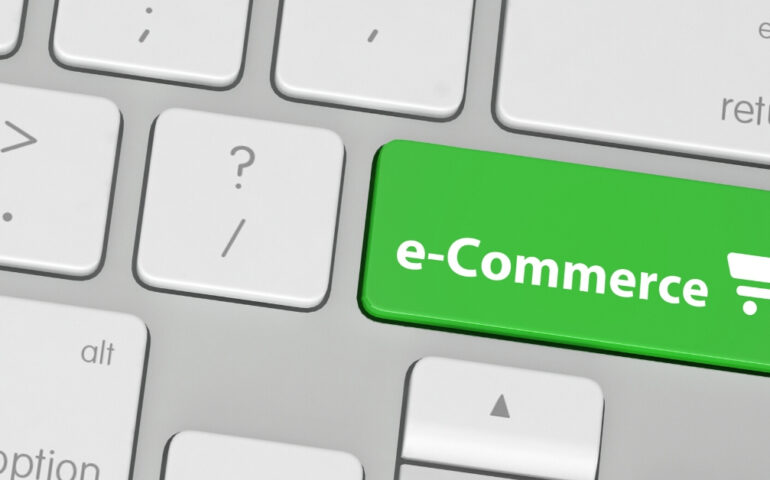28 Dec

Growth Hacking 101
Everything you need to know about growth hacking so you can start applying these techniques to your own business today.
31 Mar

Shopify SEO: Global eCommerce Strategy for International Expansion
Shopify SEO is essential for global eCommerce growth. With this in mind, it's equally important that your international SEO strategy fits your business' needs.



